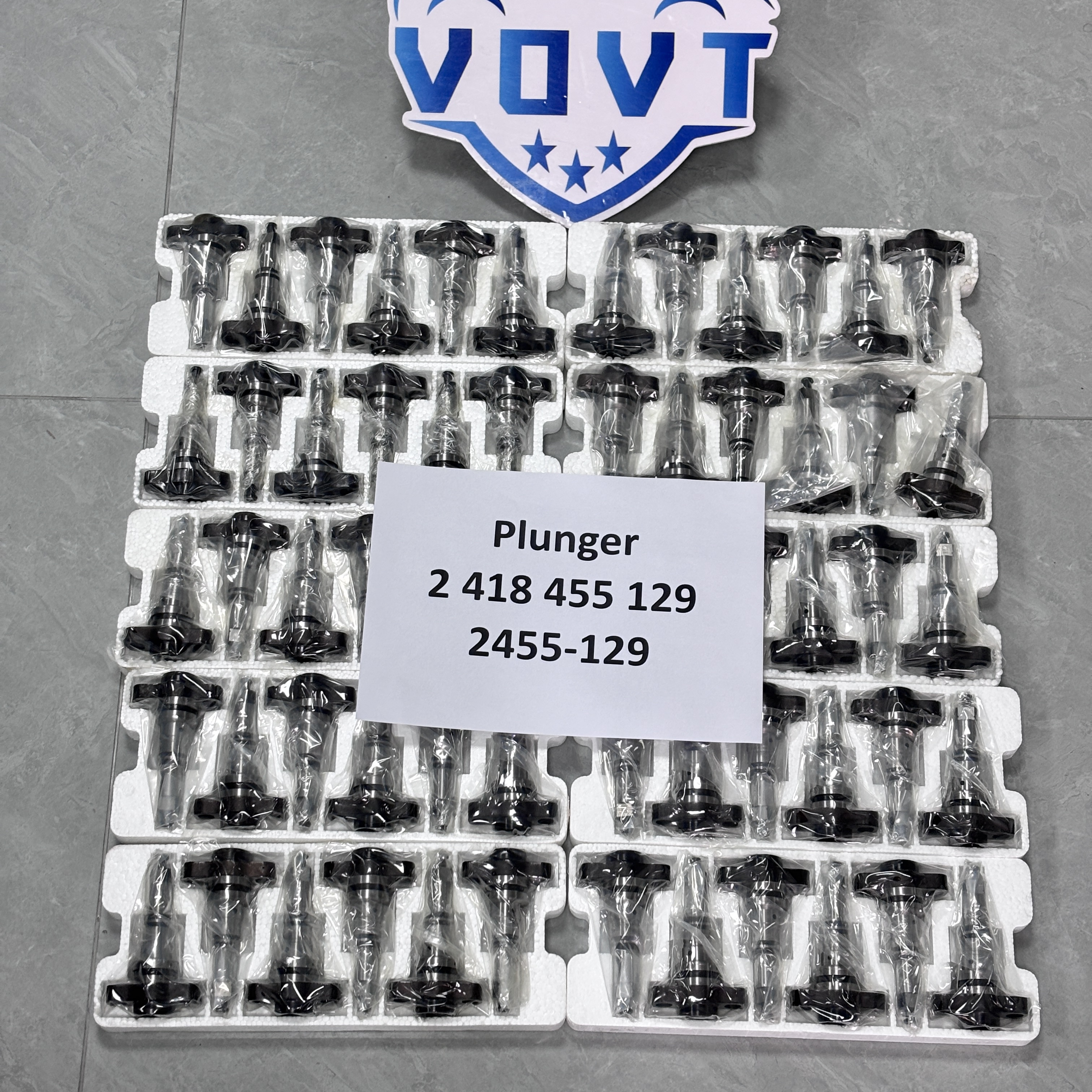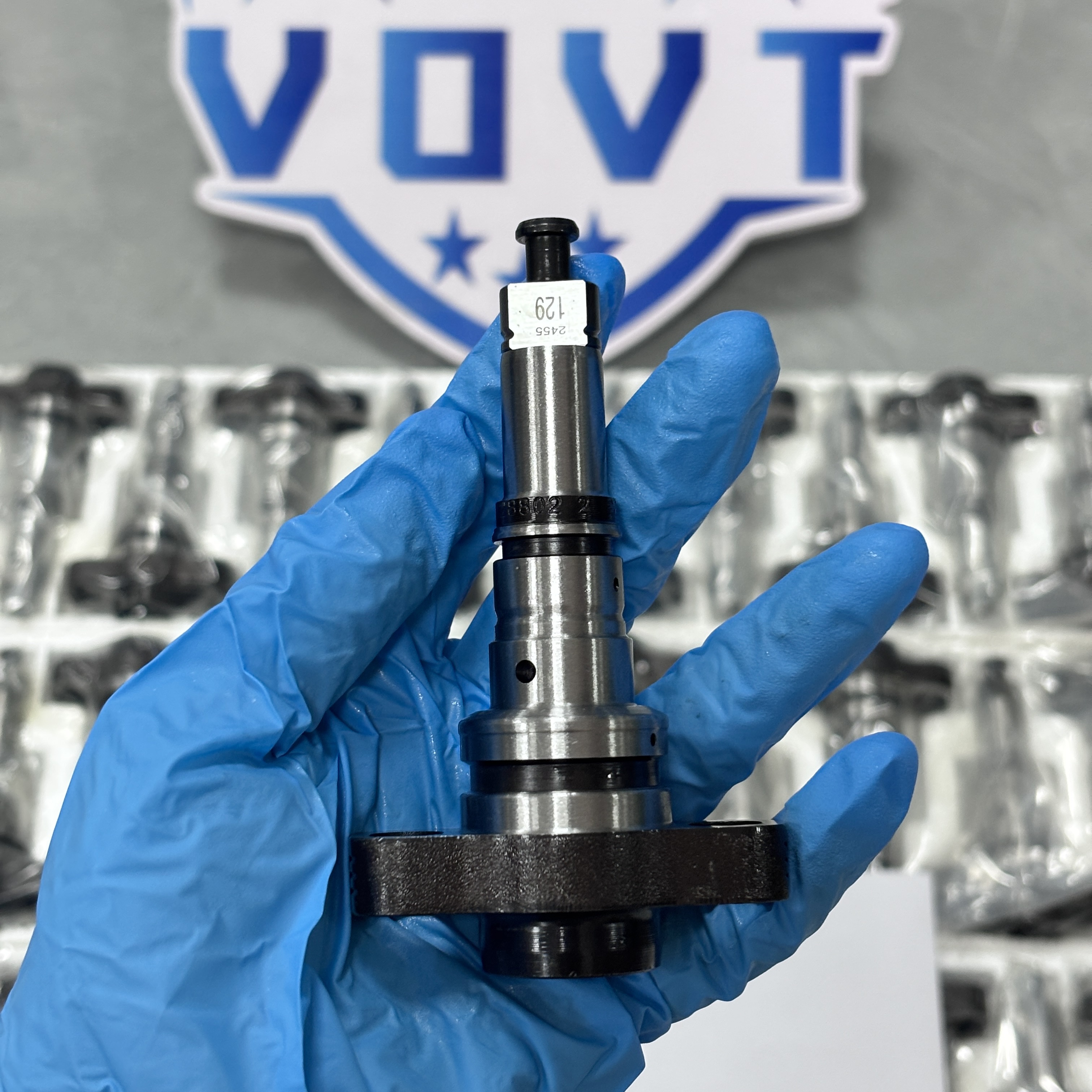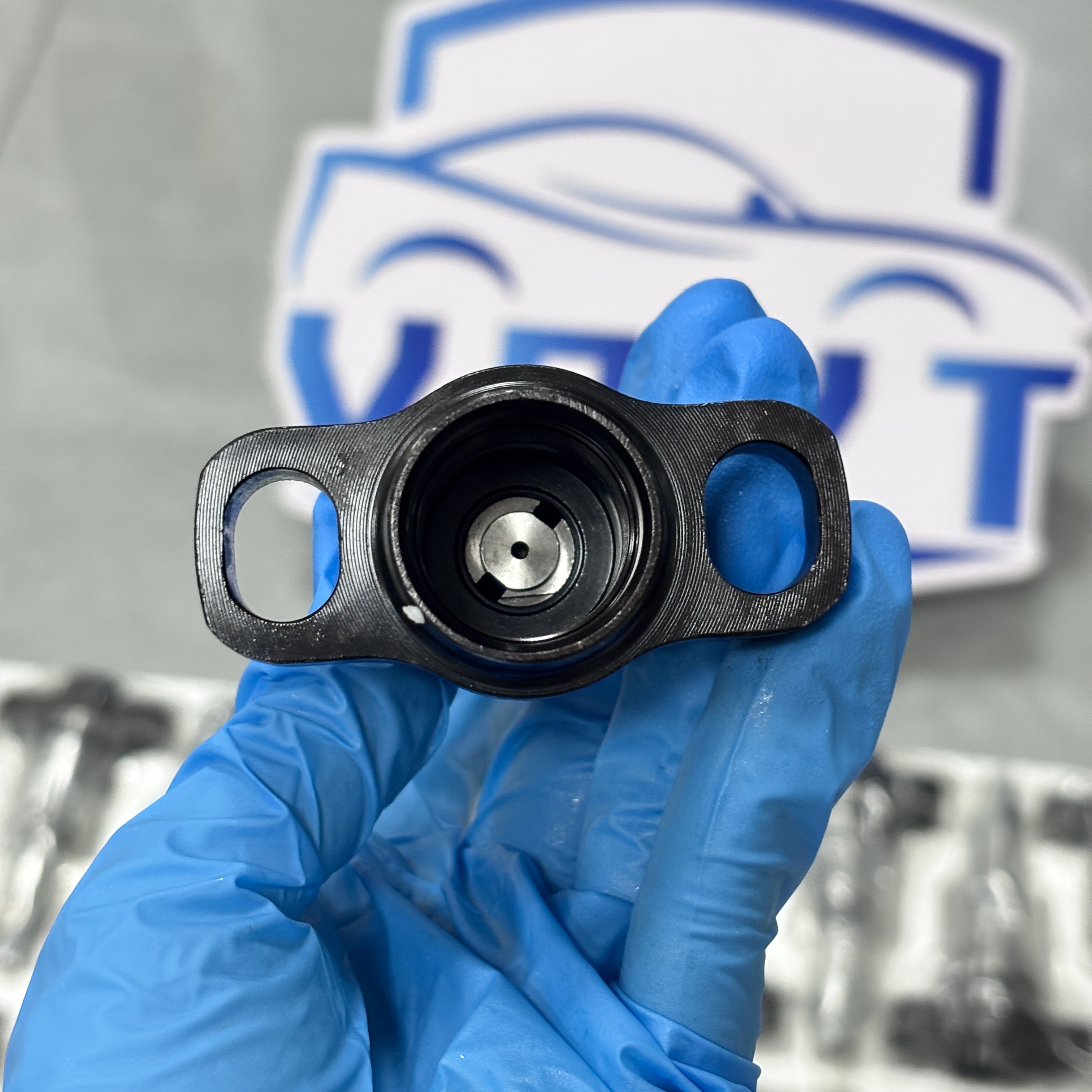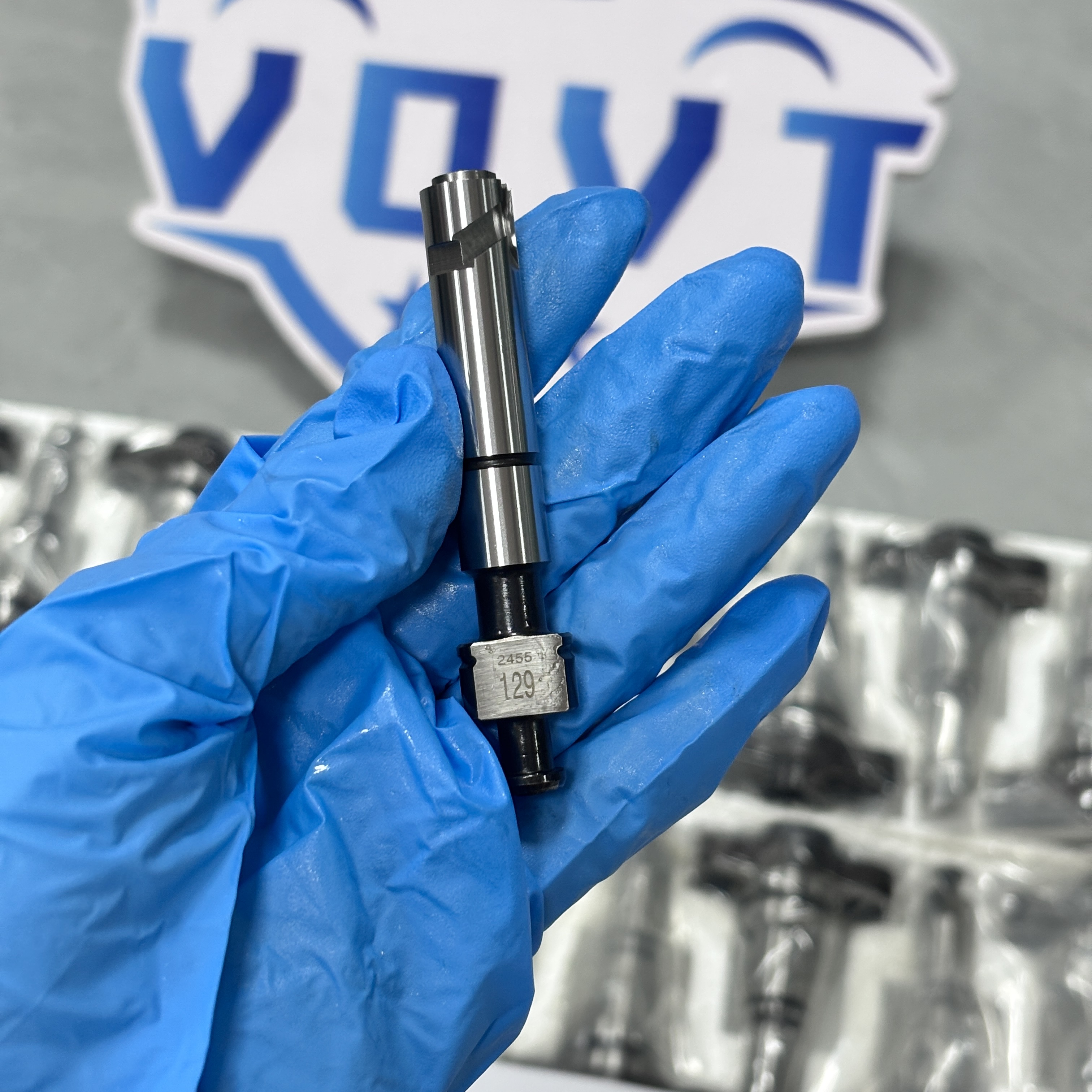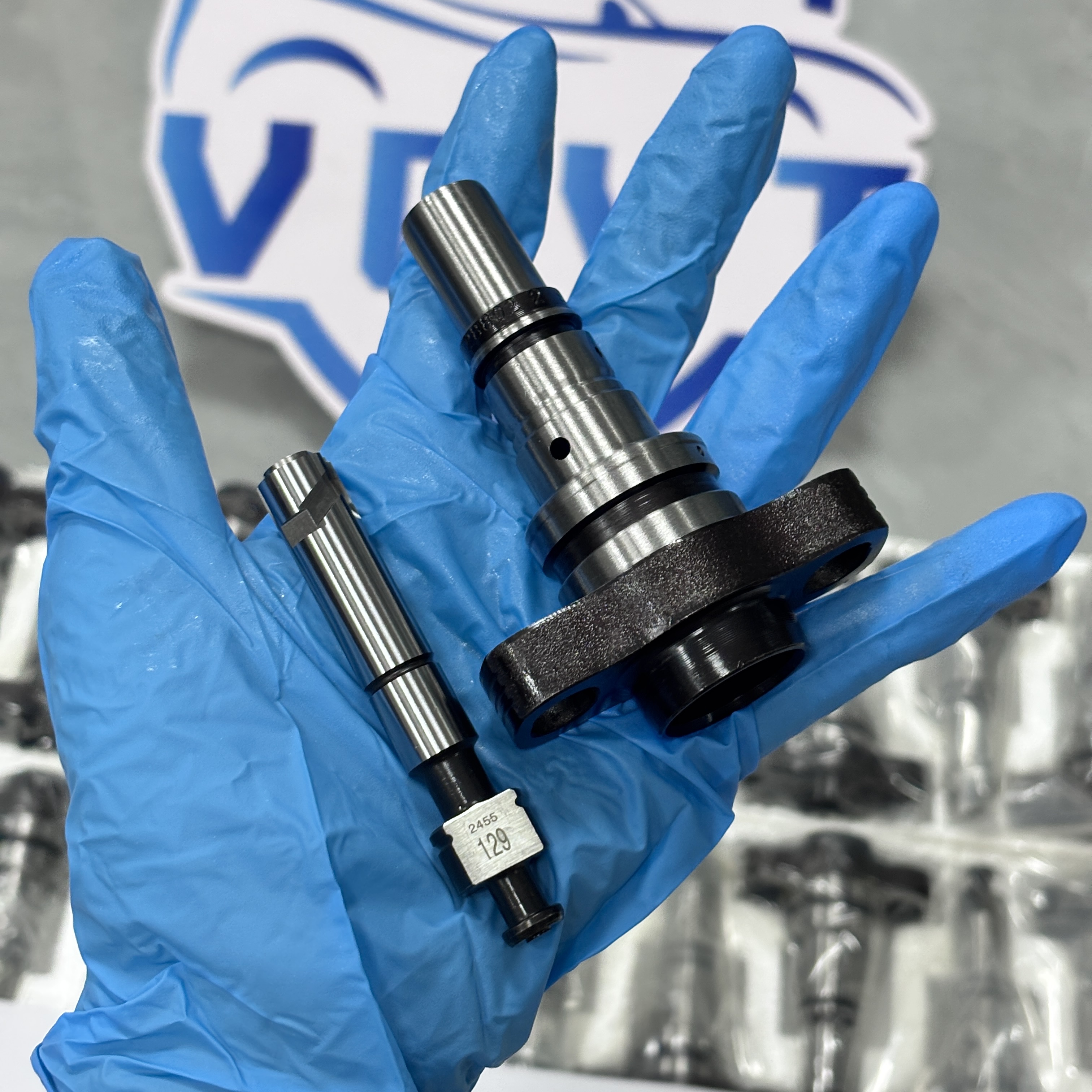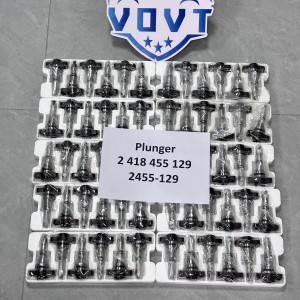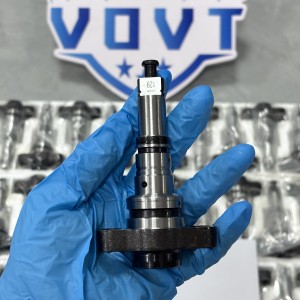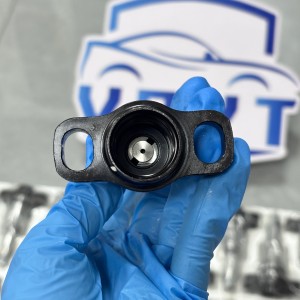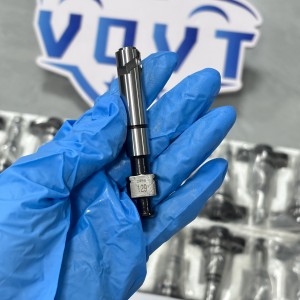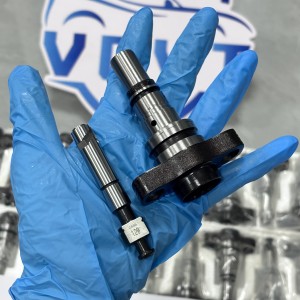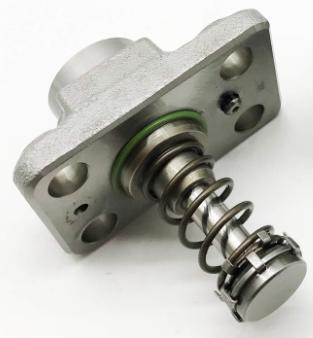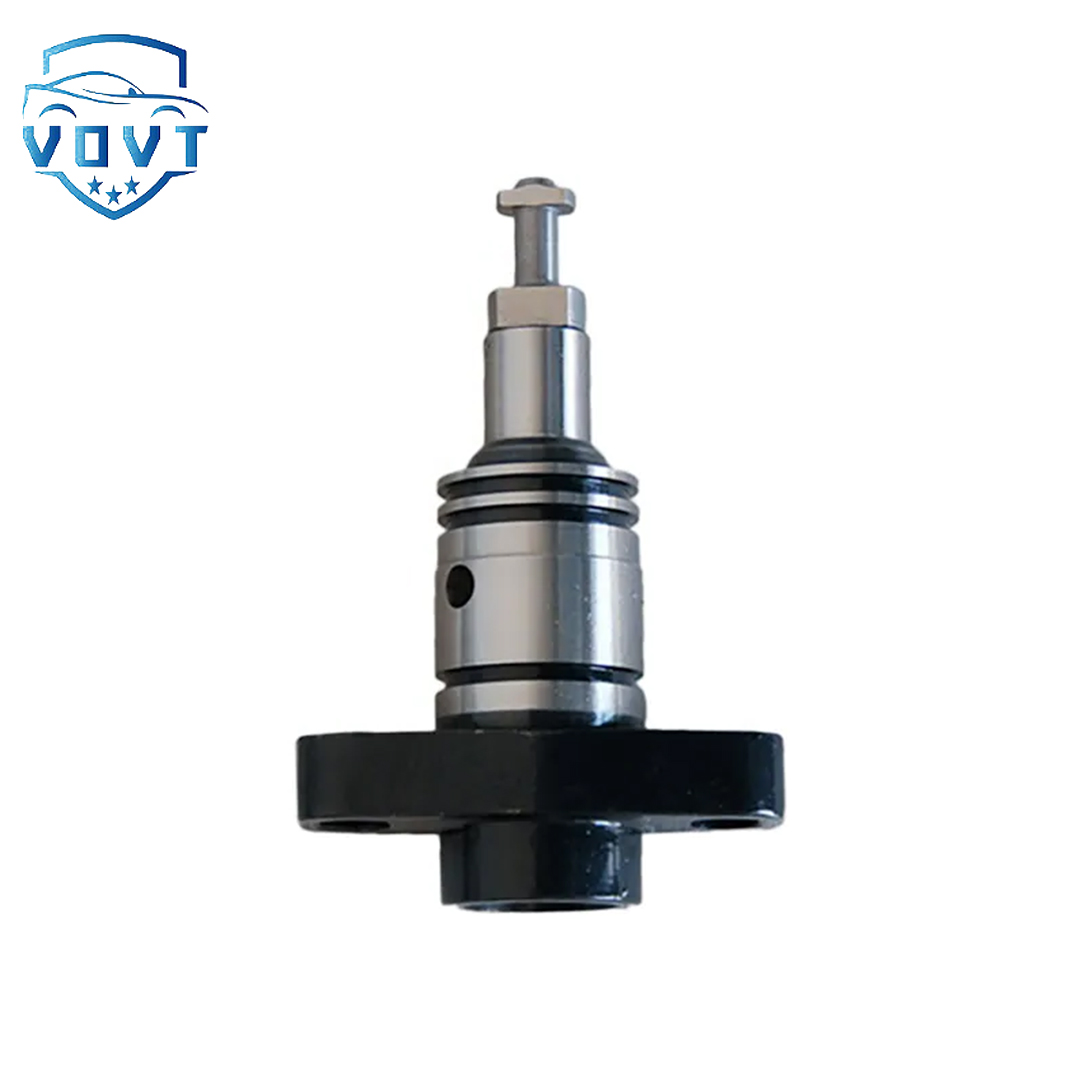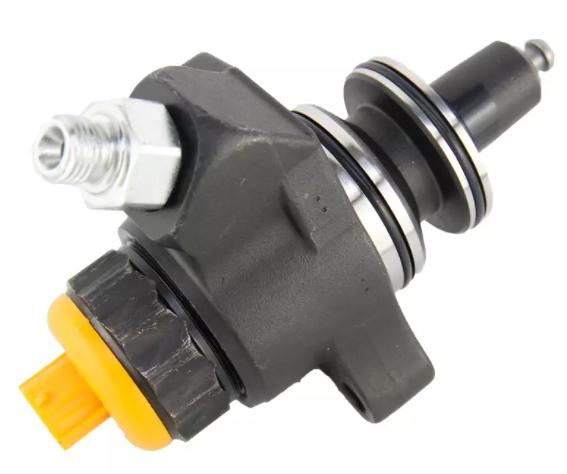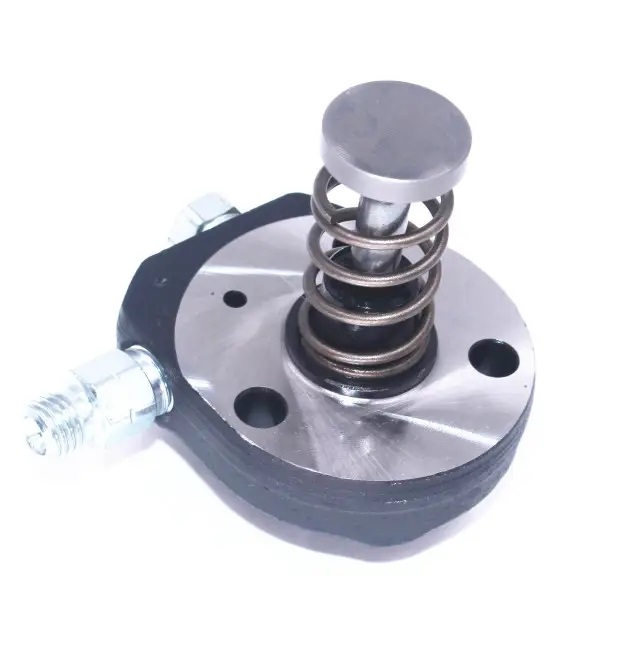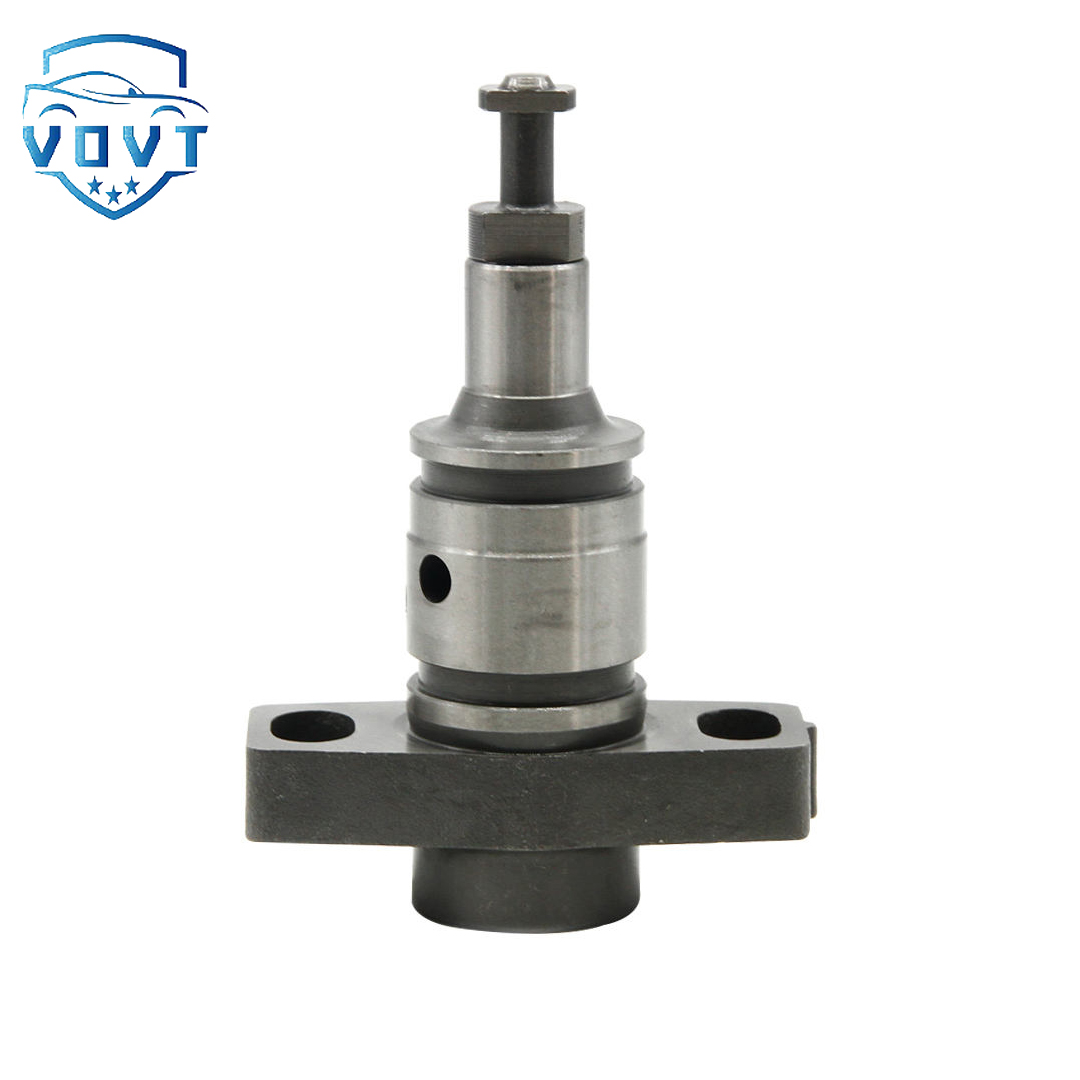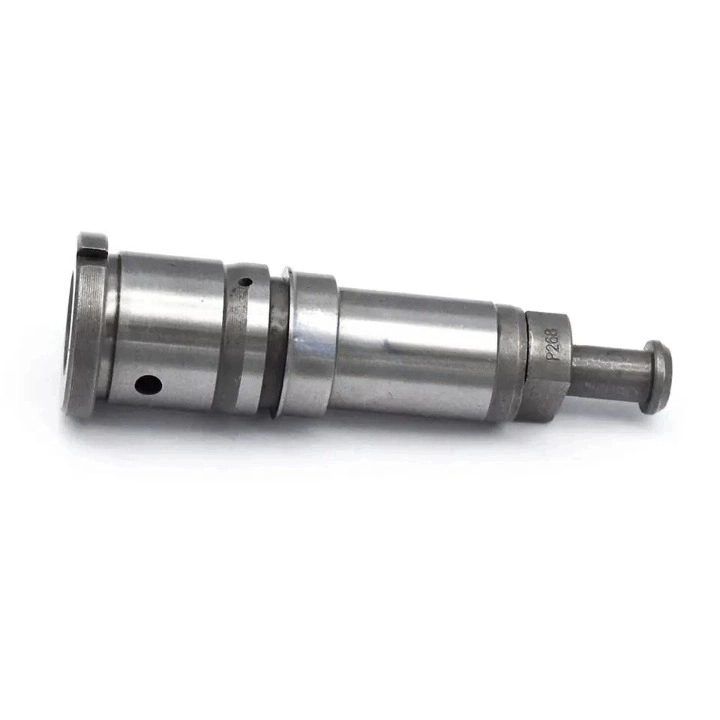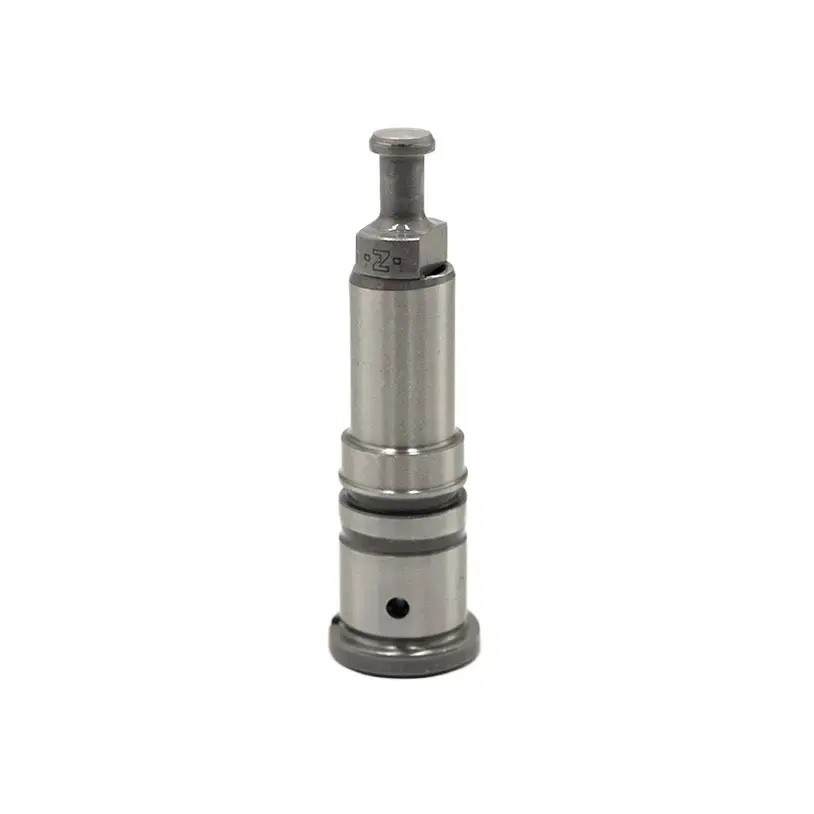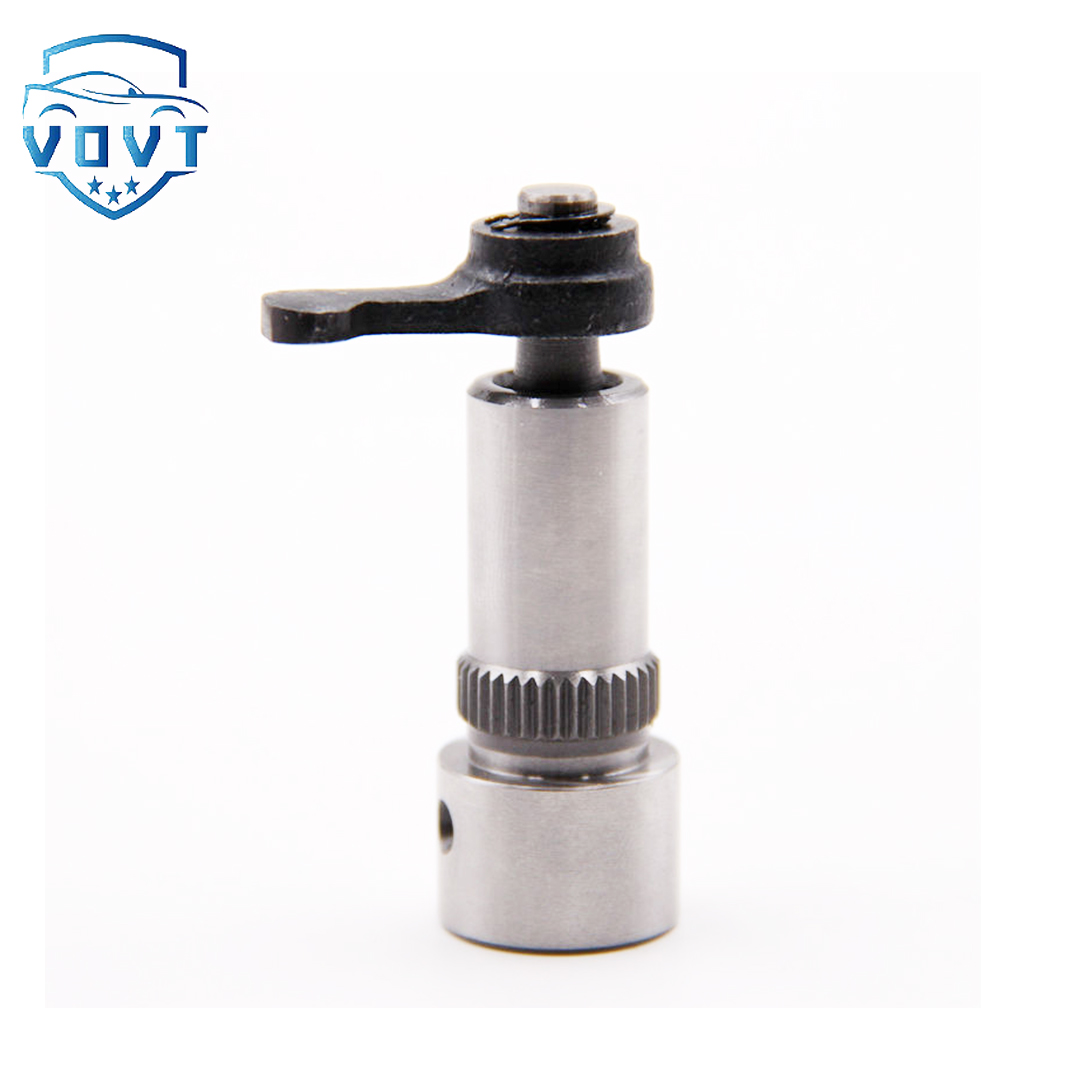Made in China Fuel Injection Pump Plunger 2 418 455 129 2455-129 Pump Elements Engine Accessories
products description
| Reference. Codes | 2455-129 |
| OE/OEM Codes | / |
| Application | / |
| MOQ | 5 PCS |
| Certification | ISO9001 |
| Place of Origin | China |
| Packaging | Neutral packing |
| Quality Control | 100% tested before shipment |
| Lead time | 7~15 working days |
| Payment | T/T, Paypal, Western Union or as your requirement |
CFD-Based Analysis of Flow Field Characteristics in Plunger Chambers and Structural Improvement Design
Abstract
As a core component of high-pressure fuel pumps and hydraulic systems, the plunger chamber plays a crucial role in determining fuel delivery stability and overall efficiency. Under high-pressure and high-speed operating conditions, traditional plunger chamber designs often exhibit flow pulsation, local vortex formation, and pressure fluctuations, which negatively affect injection accuracy and component durability. This study employs Computational Fluid Dynamics (CFD) to analyze the internal flow field characteristics of plunger chambers and proposes structural optimization strategies to improve flow stability and energy efficiency.
1. Introduction
With the continuous increase of injection pressure in diesel engines, often exceeding 200 MPa, the flow environment inside plunger assemblies has become increasingly complex. Uneven flow distribution, cavitation, and pulsation not only reduce pump efficiency but also accelerate wear between the plunger and barrel. Therefore, it is essential to investigate the flow field characteristics of the plunger chamber and explore structural improvement methods to enhance reliability and service life.
2. CFD Modeling and Simulation Method
A three-dimensional geometric model of the plunger chamber was constructed using CAD software, and numerical simulations were conducted with ANSYS Fluent. The RNG k-ε turbulence model was applied, and transient flow characteristics were considered by introducing the volume force model. Boundary conditions were defined with a constant inlet pressure and a transient outlet opening, enabling full-cycle simulations of the high-pressure pumping process to capture dynamic flow behavior.
3. Flow Field Characteristics Analysis
Simulation results reveal that during the upward motion of the plunger, a distinct pressure gradient forms within the chamber. High-speed jet streams and recirculation zones appear, especially near sharp edges and transition regions, which induce vortex formation, energy loss, and pressure fluctuations. In addition, non-uniform velocity distribution was observed at certain cross-sections, resulting in unstable flow output and flow pulsation.
4. Structural Optimization Design
To address these issues, several optimization strategies were proposed:
-
Rounded transition zones: Increasing transition radii to reduce local vortices and flow separation.
-
Chamber volume adjustment: Introducing a buffer chamber with optimized volume to mitigate pressure fluctuations.
-
Helical groove guidance: Designing optimized spiral grooves on the plunger surface to promote uniform fuel distribution and minimize velocity gradients.
-
Anti-cavitation measures: Refining flow channel geometry to prevent the formation of low-pressure zones and cavitation bubbles.
After optimization, simulation results demonstrated a significant reduction in vortex intensity, a decrease of approximately 15% in pressure fluctuation amplitude, and a noticeable improvement in flow uniformity and stability.
5. Conclusion
CFD simulations confirm that the flow field distribution within the plunger chamber strongly influences system stability. Structural improvements such as rounded transitions, buffer chamber optimization, and helical groove design effectively reduce vortices, stabilize pressure, and suppress flow pulsation. The findings of this study provide theoretical guidance and engineering references for the high-efficiency and long-life design of plunger assemblies.

